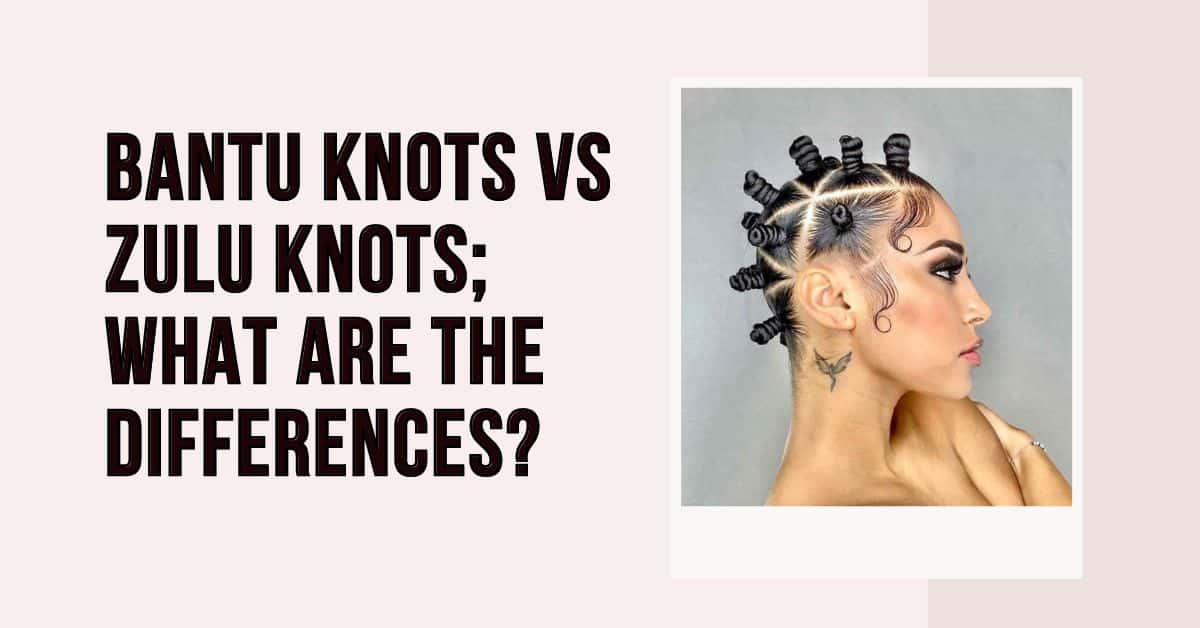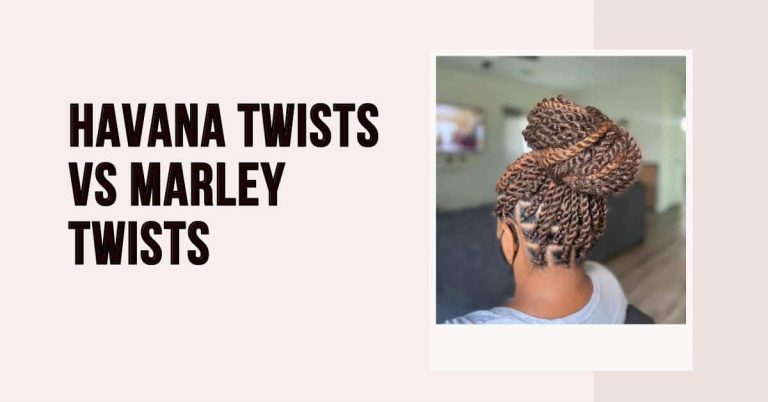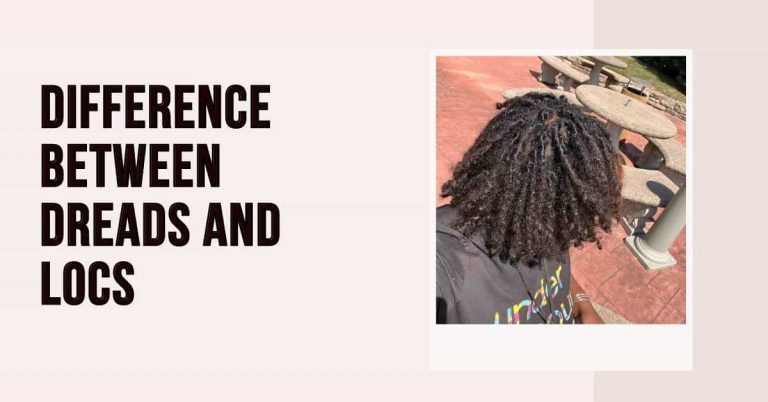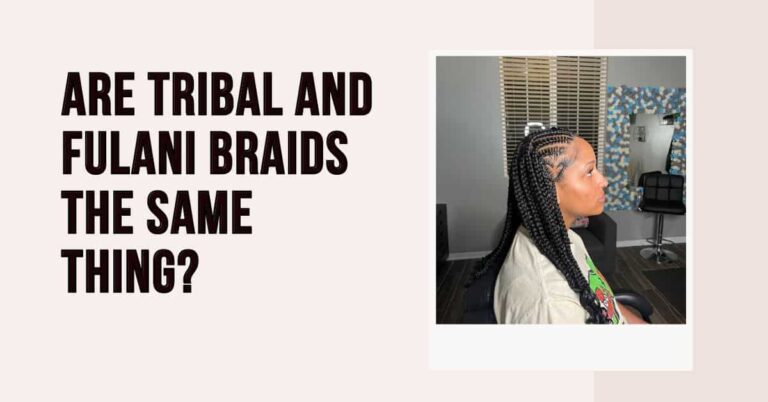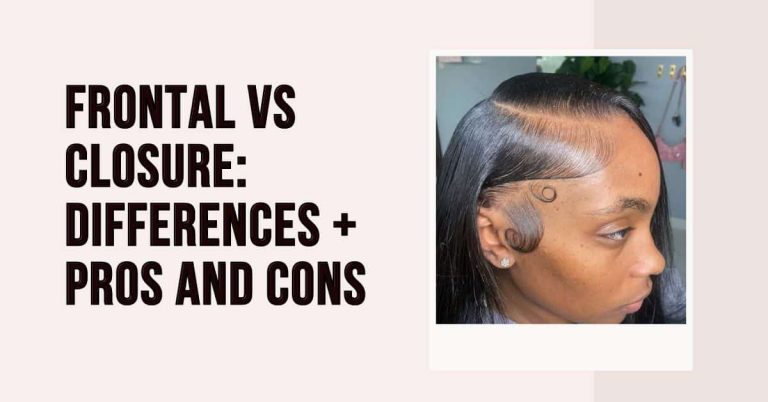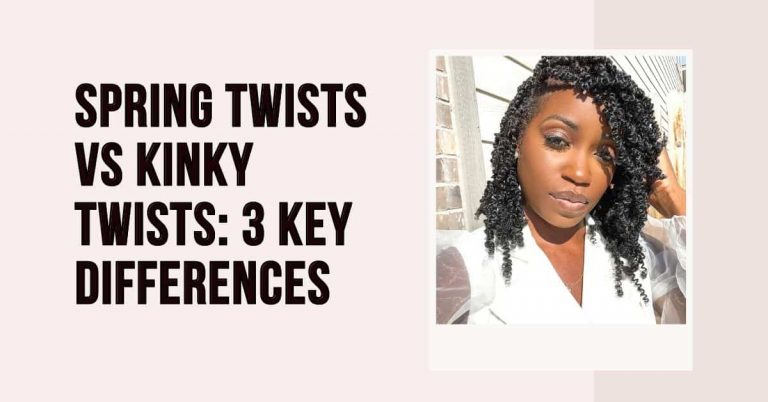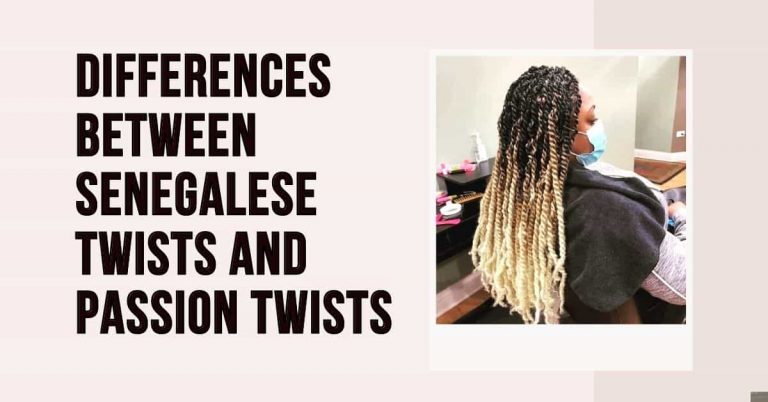Zulu Knots vs Bantu Knots; What are the Differences?
For some reason, people in the west are increasingly copying traditional African hairstyles and wearing them beautifully as a sign of cultural heritage, especially ladies of African descent. When you look at some of the increasingly popular hairstyles, you’ll notice Bantu knots and Zulu knots; but what are the differences?
There are no differences between Bantu knots and Zulu knots because they’re basically the same hairstyle. The primary reason for the disparity in the name is the confusion between the Bantu people and the Zulu tribe, and the relationship between the two.
In this article, you’ll learn why Zulu knots vs Bantu knots are more alike than they’re different. You’ll also learn how the misconception came about with their name, leading people to refer to it as different hairstyles based on the name alone. Lastly, you’ll get answers to the numerous questions you may have about Zulu and Bantu knots.
What are Zulu Knots?
Zulu knots, otherwise known as Bantu knots, refer to an instantly recognizable hairstyle popularly worn by the Zulu women in Africa. It’s one of the oldest protective hairstyles out there and it continues to grow even more popular, especially as people try to adopt the style from outside Africa.
Of course, the Zulu knots hairstyle isn’t native to all of Africa; only a specific part of Africa can lay claim to it, specifically the Zulu tribes of South Africa. However, the term: Bantu knots was quickly introduced to point out that it wasn’t a Zulu-only hairstyle, it was actually worn by around 300 tribes in Africa.
The hairstyle is suitable for all hair lengths since it doesn’t really need your hair to grow long to be doable. It also comes with almost every advantage that comes with protective styles, and also some maintenance troubles that you’ll have to worry about.
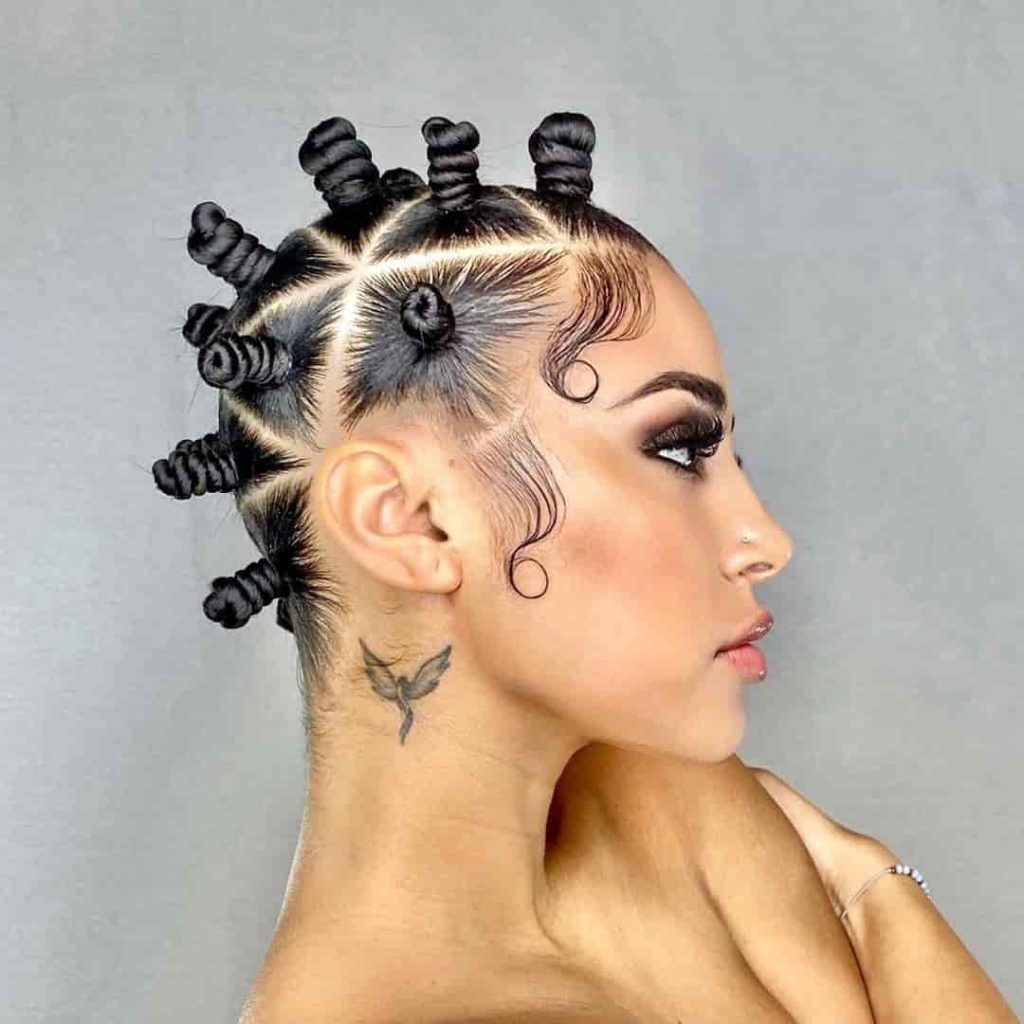
What are Bantu Knots?
Bantu knots is another name for Zulu knots, already described above. It’s simply a more inclusive way to refer to the same hairstyle since it shows that the style isn’t exclusive to Zulu women. You can use the two terms interchangeably, as they’re intended to mean one and the same thing.
Now that we’ve established the similarity between Bantu and Zulu knots, you can already guess how the rest of this article will go down. Instead of wasting unnecessary time on pointless comparisons, you’ll learn more about Bantu knots, helping you decide if it’s a great candidate for installation.
Why are Bantu Knots Offensive?
If you’ve read more than a sentence about Zulu knots, you should already start seeing things about cultural appropriation and how incredibly offensive it is to install the knots. But, is the hairstyle really offensive, and if it is, why are Bantu knots offensive?
Before getting into the why, it’s crucial to note that wearing Bantu knots in and of itself isn’t offensive. It’s just another hairstyle, and the fact that it originates from black Africa doesn’t mean you can’t wear it if you think it will look good on you.
The main criticism that you’ll see with Bantu knots is when people relate it with cultural appropriation, which is sometimes justified. Some people adopt natural styles with roots in Africa without any acknowledgment. While it may sound totally normal to you, it’s actually very problematic on many levels.
One of the long-term effects of such type of appropriation is the complete loss of the hair’s history. While we do know that Bantu knots are from black Africa at this point, decades of normalization could rename it and kill any historical or cultural value the hairstyle has with its originators.
Why are Bantu Knots Called Zulu Knots?
Another question that seems to fly around the internet is the reason why Zulu knots and Bantu knots both refer to the same hairstyle. Since I’ve already made it clear that both terms refer to the same hairstyle, I think it’s the right time to answer this question.
To answer, I think it’s crucial to clarify that Zulu is the name of an ethnic group of the Bantu people. While Bantu knots were popular among the Bantu people, which is made up of a collection of hundreds of ethnic groups, its roots can actually be traced back to the Zulu tribe, which is a much smaller subset of people.
When speaking about Bantu knots, it’s generally acceptable to use both Zulu knots and Bantu knots interchangeably. Since both are understood to mean the same hairstyle, it’s generally safer to use the term that your interlocutors are most familiar with.
Can a White Girl Do Bantu Knots?
With the incessant calls about cultural appropriation and whatnot, it becomes crucial to ensure that whatever you’re wearing on your head conforms to most societal standards. With that said, can a white girl rock the Zulu knots hairstyle?
For the ‘can’ question, a white girl can rock the Bantu knots hairstyle as long as it works for them. However, when it comes to whether or not they should wear the hairstyle, there is more discussion to it than this blog post can cover.
Generally, installing Bantu knots as a white lady will only do more to further the cultural appropriation that’s already plaguing African hairstyles. When you consider that there are numerous hairstyles that work on white hair without links to slavery or colonialism, you’ll notice that it’s pretty pointless to get Bantu knots.
Can Bantu Knots Damage Your Hair?
Another claim that flies around too much these days is the idea that Bantu knots do damage to your hair; nothing could be further from the truth. To start debunking that, you should first note that the hairstyle is a protective one. Protective hairstyles are designed to tuck in the ends of your hair, preventing manipulation and protecting your hair from external damage, as the name suggests.
While there’s no truth to the claim that the knots can damage your hair, the style does have a couple of disadvantages, especially when compared to the average protective hairstyle. For one, the hairstyle isn’t long-lasting, as you’ll need to take the hair apart in as little as a week.
If you’re also looking for a hairstyle you can sleep with, Bantu knots is not for you. While you’ll eventually sleep if you try, sleeping in Bantu knots is just as difficult as it looks, as the pointy knots will give you a hard time balancing your head in a comfortable position.
Pros and Cons of Zulu Knots vs Bantu Knots
In comparisons like this, this section should be split into two, with one detailing the pros and cons of each of the hairstyles in the comparison. However, since Bantu knots and Zulu knots are the same, it makes sense to converge the pros and cons of both hairstyles in this section.
Starting from the positives, it’s crucial to point out that Bantu knots are pretty cheap to make, especially when you compare them to other extension-based protective styles. Since you do not have to buy hair extensions to make Zulu knots, you’ll end up paying a lot less for the hair. You can even try installing it yourself to save on workmanship costs.
On the negative side, however, the preceding sections have looked into many of those. In addition to what has already been said, you should note that Bantu knots are very susceptible to tangling. The hairstyle is pretty complicated to install due to the extensive twisting that’s required to make the knots.
If you’re hoping to wear your hairstyle for more than two weeks without having to deal with the worst possible kind of frizz ever, you should consider going for something with Zulu or Bantu in its name.
Conclusion
Zulu knots and Bantu knots are terms used to refer to the same hairstyle: the good old Bantu knots. While they admittedly look awesome, the hairstyle does come with its own long list of problems, and it’s crucial to know them before choosing them over the sea of other available options.

